Throughout the ages in the history of mankind, influential people have become involved in showing their mark through architecture and culture. With the addition of Edinburgh Castle:The Unbreakable Fortress, we discover an epic story of durability, determination and survival.
As the facets of this Scottish treasure are explored, awareness of the nation's character becomes central.
Edinburgh Castle Origins
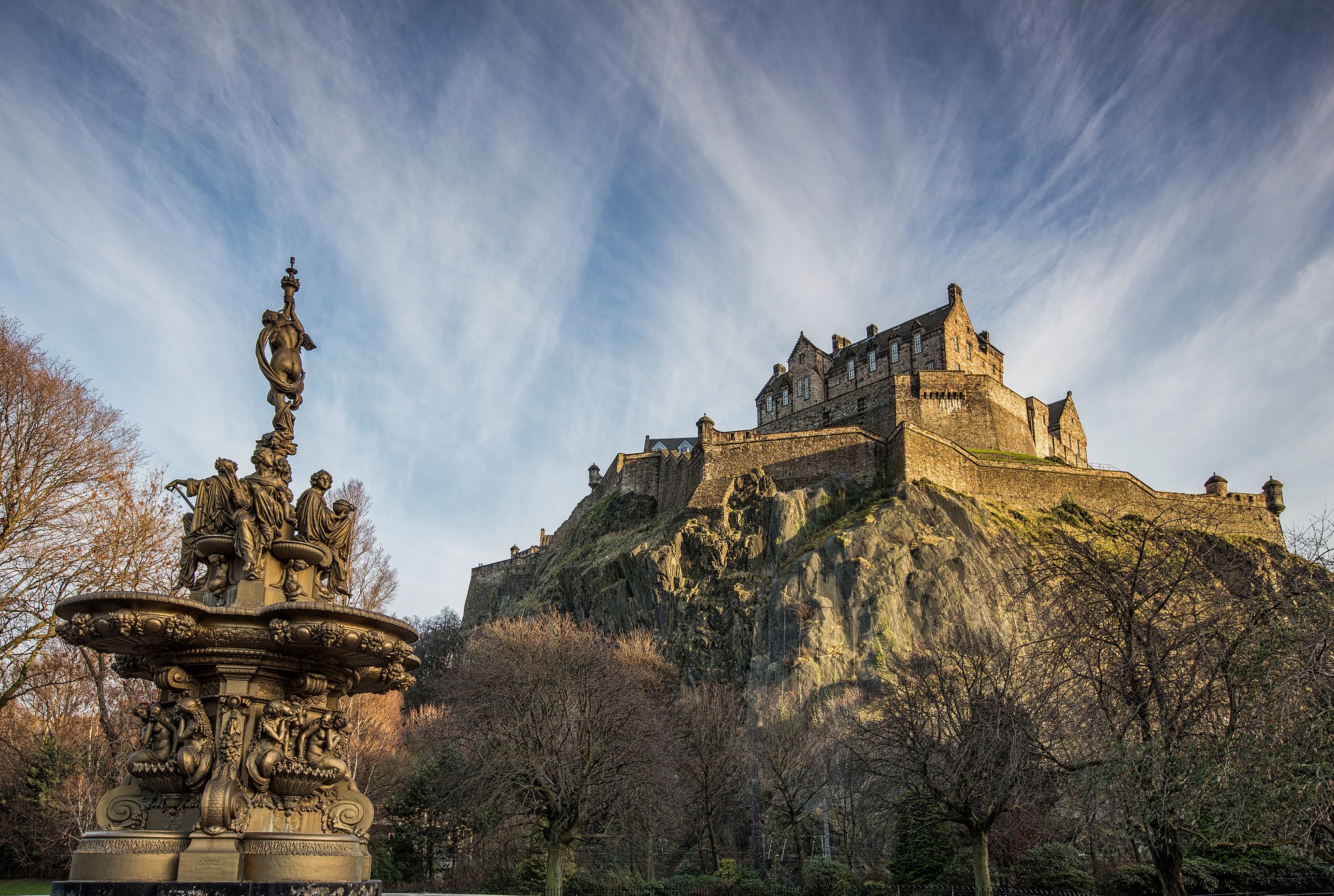
To begin with, when visiting the capital of Scotland, Edinburgh Castle becomes the first great sight to witness. Furthermore, with its naturally high position, the fortress immediately attracts the curiosity and admiration of those who come across it.
Although this place has existed for a millennium, introductory documents referring to its modern name go back to November 1093. Moreover, the inhabitants of that time (Malcolm III and his sons) make the fortress one of Scotland's most royal centers.
Before the death of King Malcolm III in November 1093, his reign was recognized as somewhat controversial by traditional norms. To illustrate, with the marriage of the English Princess Margaret of Wessex, they broke Scottish naming customs for their future children.
Then, during Harrying of the North in 1072, Malcolm III confronted William the Conqueror and his artillery. Surprisingly, he made peace with the English king when he took his eldest son Duncan hostage.
To add, this action created temporary stability for the king as William continued to conquer Northumbria and other territories. In summary, Edinburgh Castle's forerunner monarch paved the way for a unique approach to rivalry with opposing English powers.
King Dauid mac Mail Cholium (David I) of Scotland
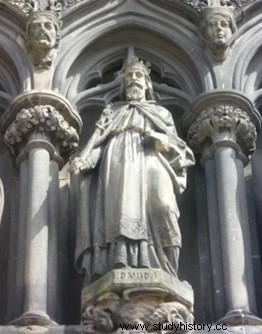
Moreover, after a tense period of sacrifice in the name of keeping the Scottish crown, King Malcolm dies. To further escape, the predecessor monarch of Edinburgh Castle lost his life during an ambush by Norman forces in Alnwick.
With this in hand, his second son Alexander I takes his place. But during this period of constant change, David I gets significant character development.
As he becomes the youngest son of the late Malcolm III and Margaret, David I gains a reputation for perseverance. For example, during the death of his eldest brother, he struggled to retain the legacy of southern Scottish territories.
Although he came from a Scottish background, he spends his youth in England and gets King Henry's taste. Furthermore, young David I continues to show support for England and marries Matilda of Huntington and has a son Henry.
After a few years, David's brother Alexander I passes by and leaves the government in disarray. This in turn marked the beginning of a whole new chapter in Scottish fortress development.
Additional King David I successes
After his brother's death and the struggle to establish a proper inheritance, David I meets his nephew Mael Colium. This battle ended with the legacy of David I who had greater influence and support from the English monarchy.
In addition, Mael Colium survived, but retreated to areas not conquered by David's influence. By the spring of 1124, David I was crowned King of Scotland at Scone.
Following this catastrophic event, David's reign brings celebration and prestige to develop Edinburgh as a royal powerhouse. To add, his collection of nobles and churchmen served as a preliminary factor for the modern parliament of the castle.
Another detail is the construction of the oldest buildings such as St. Margaret's Chapel and a church honoring St. Mary. In fact, David's reign marked the foundation and formation of Edinburgh Castle, which is most recognized today.
All in all, David I gets a prominent place in the nation's history because of his trend-setting actions that followed.
Douglas Clans
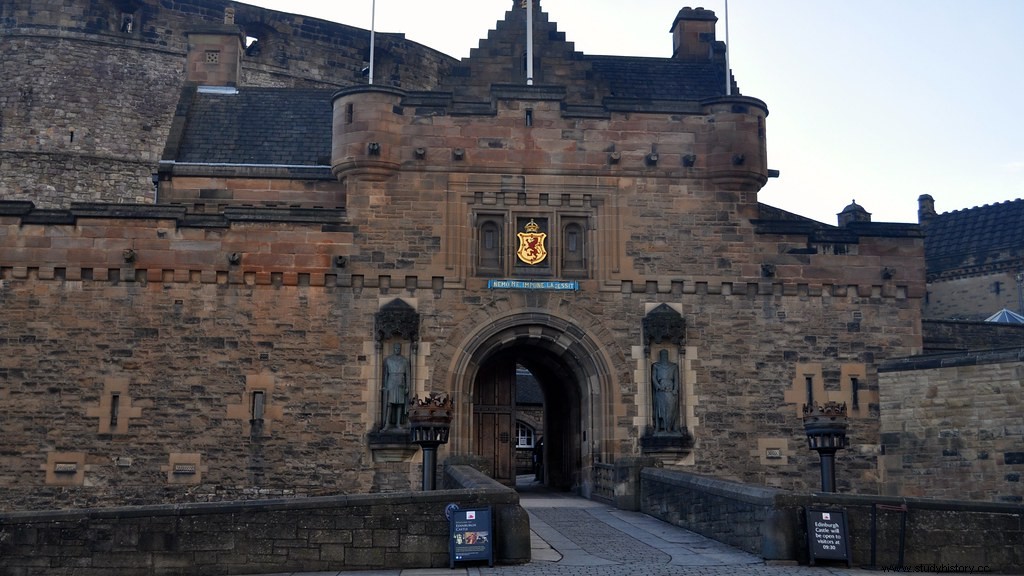
By the fourteenth century, Edinburgh Castle found itself central to ending the Scottish Wars of Independence. During the first in 1296, the fortress falls under English rule.
Interestingly, the English transport many Scottish taxes and legal documents to their homeland, depriving the Scots of cultural recognition. On the other hand, the Second Scottish War of Independence begins with Edward III invading the country.
In 1335 he and his army took control of the castle for six years. During this period, many Scots became tired of the neighbor's aggressive and dominant force in the south.
With this in hand, it was time for rebels to unite and plan their return to their rightful territory. For example, a Scottish crime was led by William Douglas (Lord of Liddesdale).
Coming from a noble background, William is also privileged to lead his people for freedom from enemies.
Additional Douglas Clan Actions
In addition to William Douglas' refined background, he puts his plans into action by hiding his party and himself as merchants. Eager and ready to strike, they manage to place a cart at the entrance to the gates to prevent closing.
Shortly afterwards, his group emerges from the shadows and hurries to Edinburgh Castle to retake their territory. In the end, William Douglas and his followers succeeded in achieving the feat when all English forces died there.
Overall, this marked a great stamp for the Douglas noble family when they gained prestige in the country.
The Black Dinner
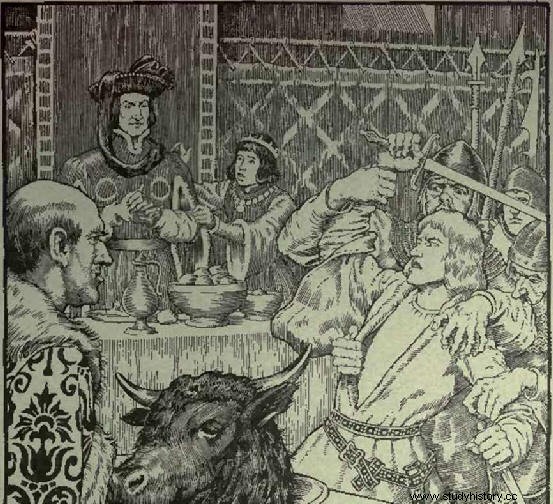
By the fifteenth century, Edinburgh Castle was again under siege by the English. While at first it seems threatening, the invasion stops abruptly as the antagonist lacks enough weapons.
In 1437, William Crichton (Keeper of the Fortress) was soon elected Chancellor of Scotland. With this event at hand, William is set to crush the prominent influence of the Douglas Noble family.
Furthermore, he aims to annihilate them from his path when they were considered enemies of the crown. To illustrate, Crichton persuades the young Earl William Douglas and his younger brother to the palace to appease the young king.
At first, things seem to be going well with the young boys who talk and bond over dinner until things suddenly change. To illustrate, at the end of the party, a plate with the head of a black bull appears.
Also, this serves as a Scottish custom of predicting the death of a guest present at the gathering. In sum, the sixth Earl of Douglas and his brother are in one of the darkest chapters of Edinburgh Castle.
Continued Black Dinner Event
Soon after, the Douglas brothers and their advisers are beheaded in front of the young King James II. Despite his peasants' efforts to spare his new friends, Sir William Crichton realized that his gruesome wishes became a reality.
In short, Black Dinner marked another turning point in the history of Edinburgh Fortress' long turbulent existence.
Mary Queen of Scots
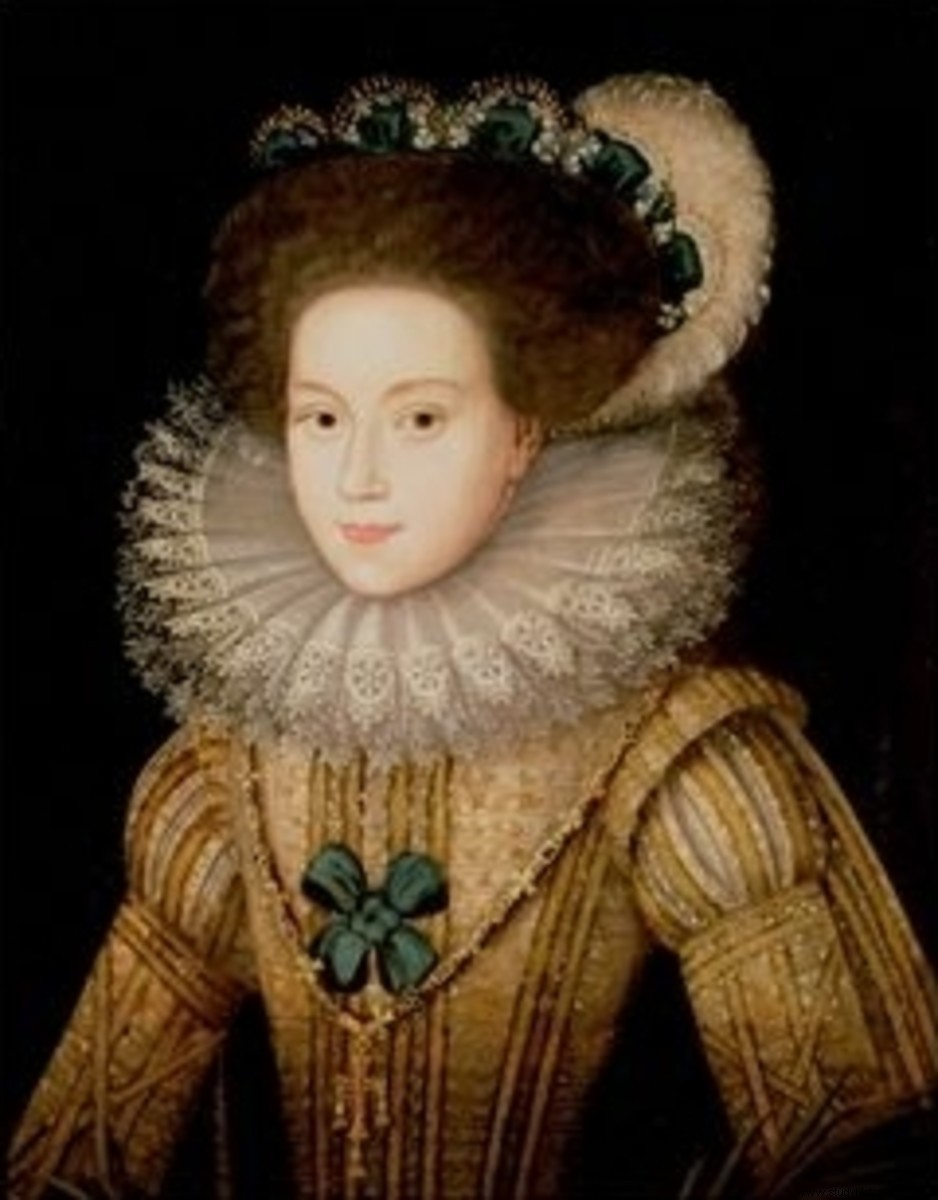
After further battles for power and attack took place, the royal Stewarts kept their distance from the Scottish stronghold. In addition, the castle served mainly as a weapons factory to prepare the inhabitants for future conflicts.
Apart from this, the spotlight comes on Mary Queen of Scots. With the sudden death of her father, King James V, Mary inherits the throne only in infancy.
She then returns to her home country after living in France for a long time and establishing power. One can find this example in her marriage to an English nobleman and cousin Henry Stuart who conceives a son.
Interestingly, the room where her son James VI was born can be discovered in the castle to this day. Overall, the Catholic Mary's government was recognized for its political instability and crisis among Scottish nobles in the Protestant faith.
Not long after the son's birth, Mary's first husband becomes a suspicious killer. Soon after, she remarries James Hepburn, who many believe was the perpetrator of her first husband's death.
These events made the nobility impress Mary and deprive her of her political power. In all, Scotland's heritage fell into chaos.
King James VI
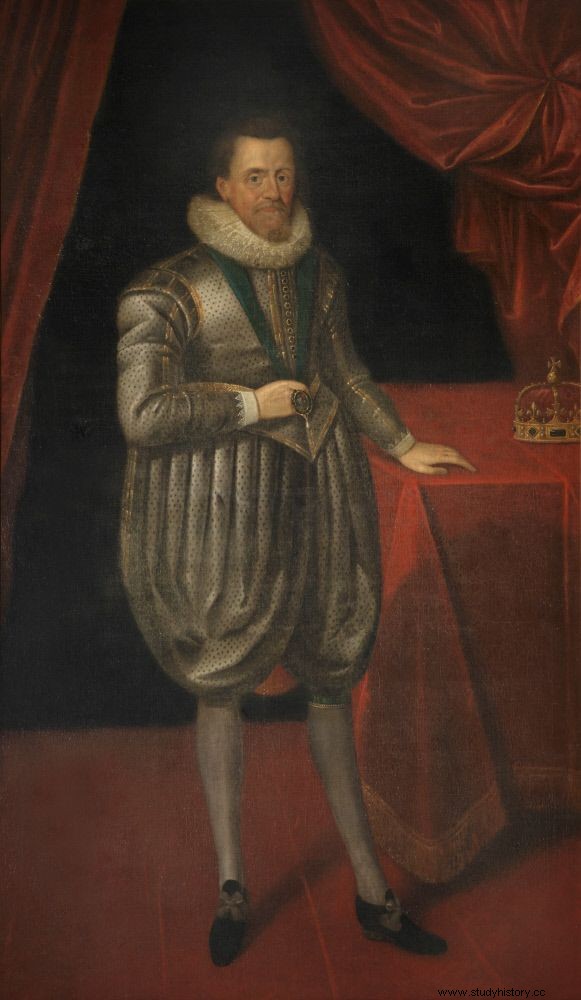
Furthermore, the arrival of King James VI gave many hopes to the Scottish people when the country experienced unrest. What makes Mary Queen of Scott's son significant in history is the fact that he became ruler of various kingdoms.
For example, he earns the title "King of Scotland, England and Ireland" which begins to represent a sense of unity. Another fact during James' reign was that his government is recognized as the longest of all Scottish royals.
In addition to this, Edinburgh Castle is flourishing as an era of artistic expression becomes dominant. For example, James became responsible for publishing literary works by Daemonology (1597) and influencing admirable writers such as William Shakespeare.
Another sponsors the translation of the Bible into English as there are editions named after him. For the most part, James VI has a positive reputation for being an insightful and serious ruler in Scottish history.
Attacks in the twentieth century
Fast forward to the twentieth century, Edinburgh Castle achieves its remarkable status as an unbreakable fortress. For the first sixteen years of the century, the fort experienced a well-deserved peaceful period.
Then, with the beginning of the great war that took place in 1914, this place of culture is threatened again. To illustrate, on a quiet spring night in 1916, the people of Edinburgh come face to face with imminent danger.
Furthermore, four German zeppeliners appear prominently in the sky over the view of the peaceful city. At that moment, the Scots realized that they were not spared from the horrific airstrikes that traumatize others.
With this in hand, residents were encouraged to seek refuge when the street lights were dimmed and all activity stopped. Shortly afterwards, a large explosion is heard across Commercial Street when a whiskey store falls victim.
Fortunately, Edinburgh Castle suffered minor damage when a bomb barely missed and hit Castle rock and shattered glass nearby. This essentially marked the first air strike that threatened the fortress.
Modern Edinburgh Fortress
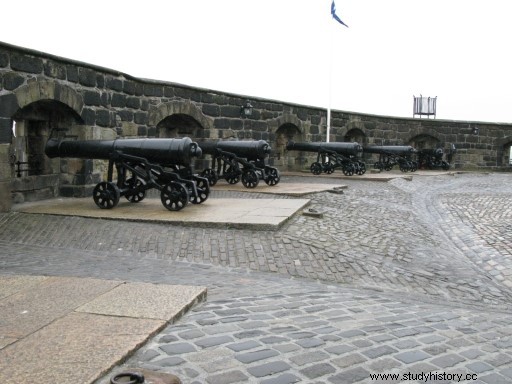
Then modern Edinburgh and its unbreakable fortress provide a great insight into a glimpse of the nation's troubled past. For the most part, the castle serves as a tourist attraction for visitors to experience engaging history.
An example of this can be found with live actors who replay historical figures and entertain guests. Apart from this, the historic location hosts the headquarters of the Royal Regiment of Scotland and the Royal Scots Dragoon Guards.
Here are these groups at times who celebrate formal events with bagpipe gift. In addition to these exciting renditions, the Scottish National War Memorial also honors the lives of the lost.
The last major attraction found and used in the castle goes to the One O'clock Gun. At this attraction, a shot is fired every day at the time mentioned above.
Interestingly, this cannon was almost used during the German Zeppelin Air Force in 1916. Together, Scotland's precious fort offers a rich variety of historical entertainment for all.
Last thoughts on the unbreakable stronghold
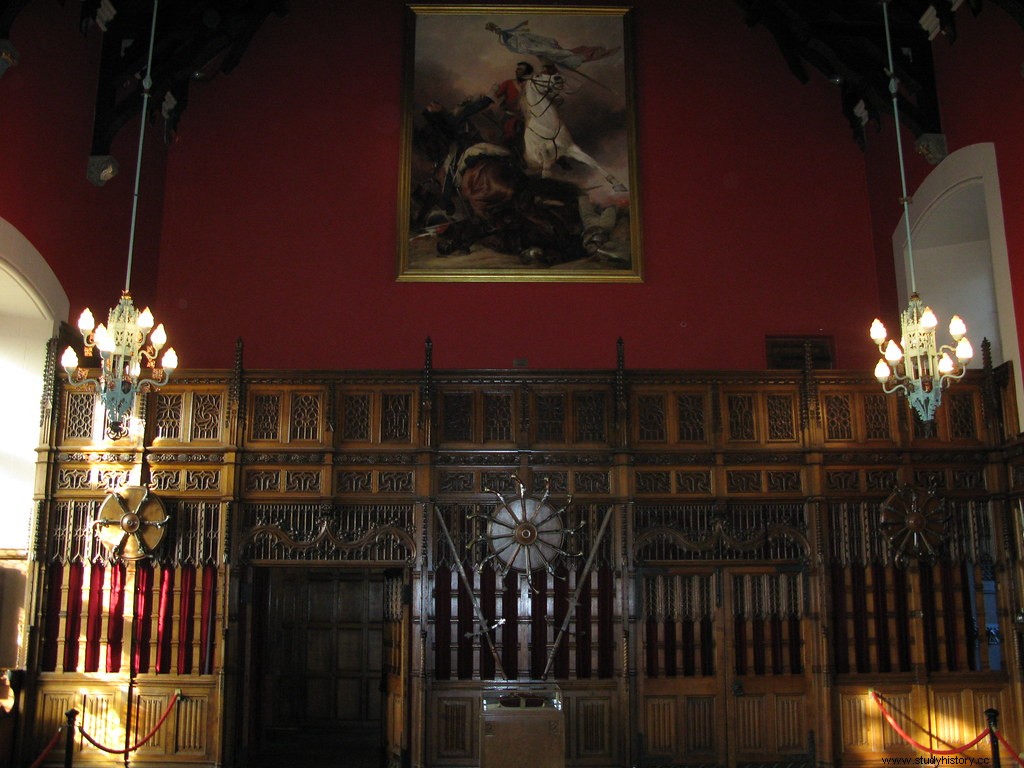
Finally comes the final reflection of the unbreakable stronghold of Edinburgh. As we now see, Scotland has gone through many scary twists in its history.
Although many faces, influences and hearts had their turn to rule, the castle flourishes. This means that any sign of decay or being forgotten finds an impossibility to occur. Furthermore, this fortress serves as a cultural symbol of pride and dignity.
For example, in the coat of arms of Edinburgh city and university, one can discover an illustration of the place. Although these are just the tip of the iceberg when it comes to pictures of the fort, it highlights the passion that the Scots practice.
Essentially, for the same reason of passion and pride, the castle continues to survive.
The Importance of Edinburgh Castle History
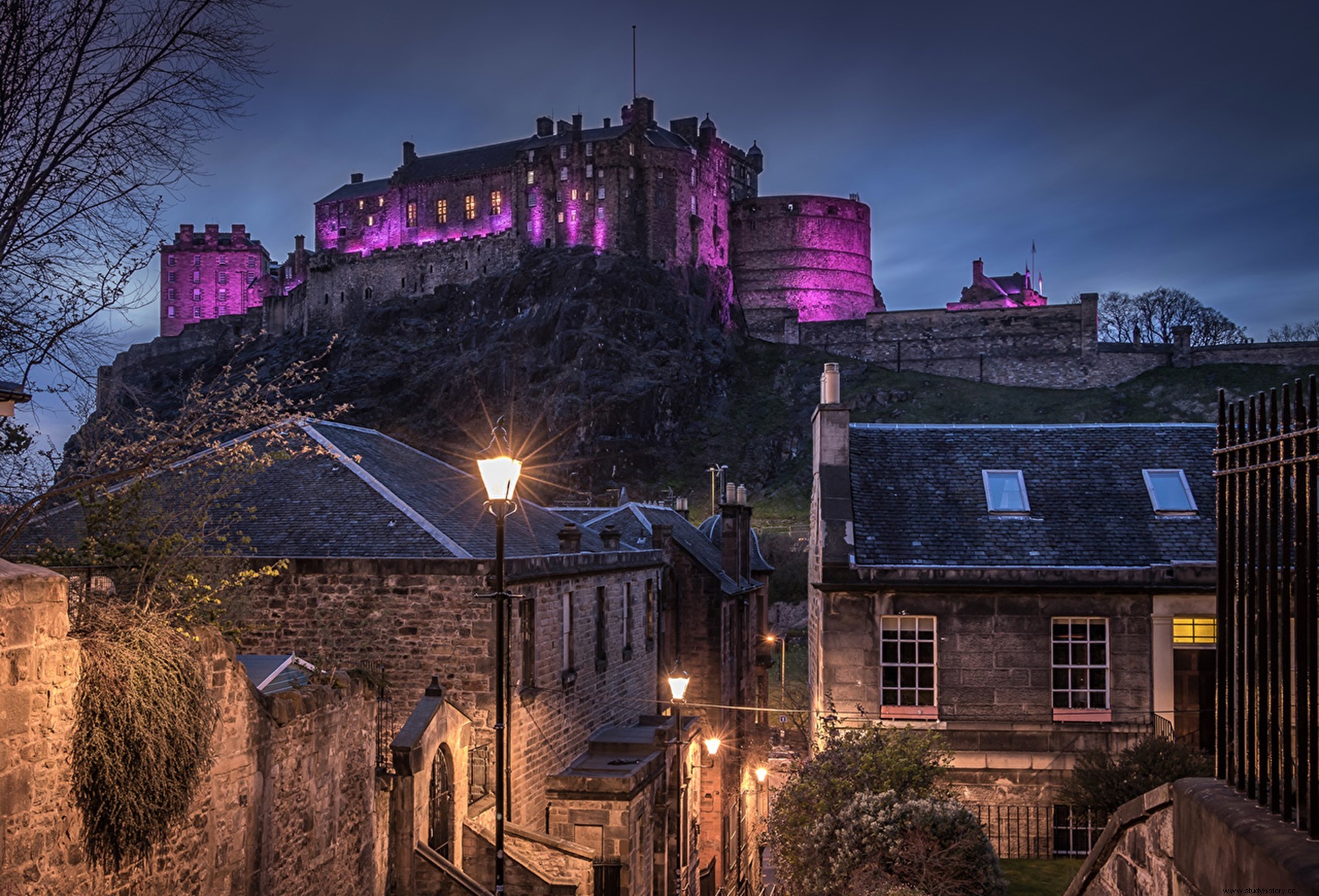
In conclusion, from durability, determination and survival, Edinburgh and its unique fortress gain an admirable reputation. It's guaranteed to continue to make more history on this site as time goes on.
In the meantime, this castle becomes a sight to see, appreciate and appreciate, since there are many stories to relive. Continue to delve into the mysterious yet captivating past that made Edinburgh everyone recognizes today.
Works cited:
Sagar, Peter (Homeshake) All Night. 2019
Emmanuel and Leonard (Bleu Toucan) Sous les Jupes. 2022
Sideline Productions, Motion Content Group, Adam Croft and Dan Jones Great British Castles. 2016
The Black Dinner of 1440 (robertsewell.ca)
6 times Edinburgh Castle was under siege | Edinburgh News (scotsman.com)
Lost Edinburgh:Zeppelin Air Raid of 1916 | The Scots
History of Scotland - Wikipedia
Mary, Queen of Scots - Family, Reign &Death - Biography
